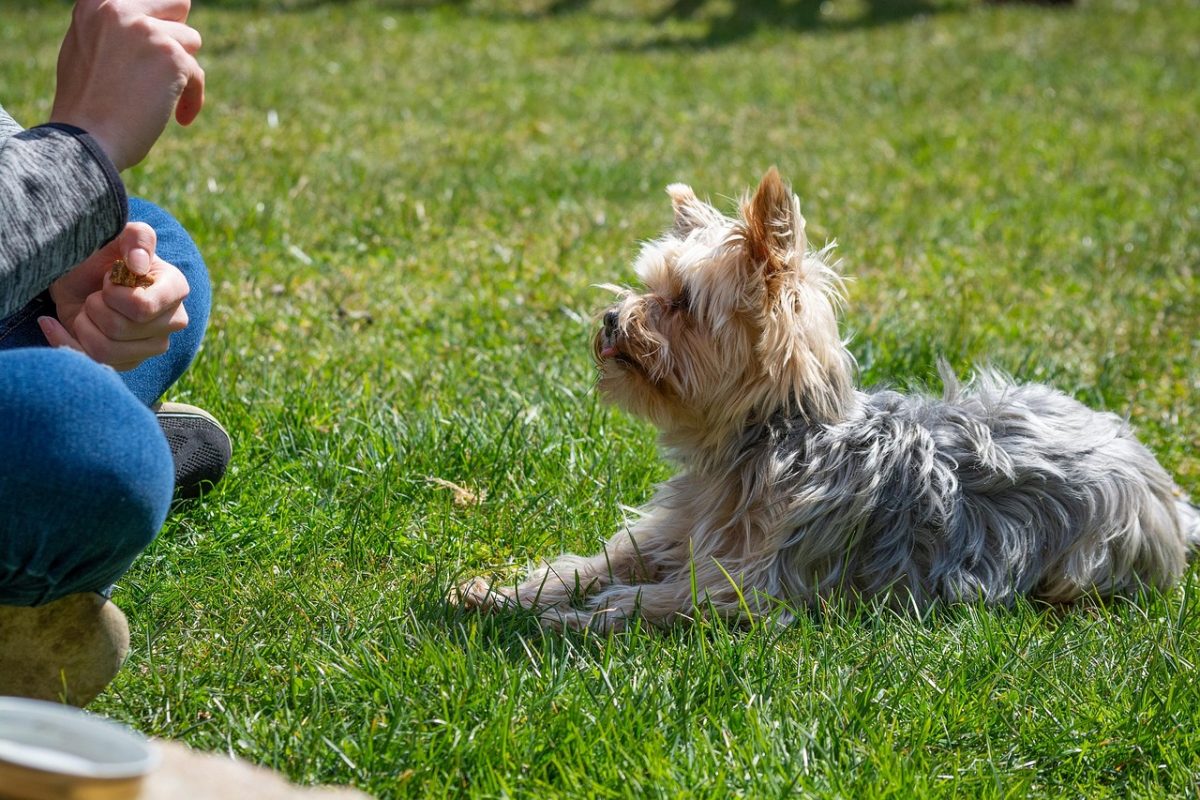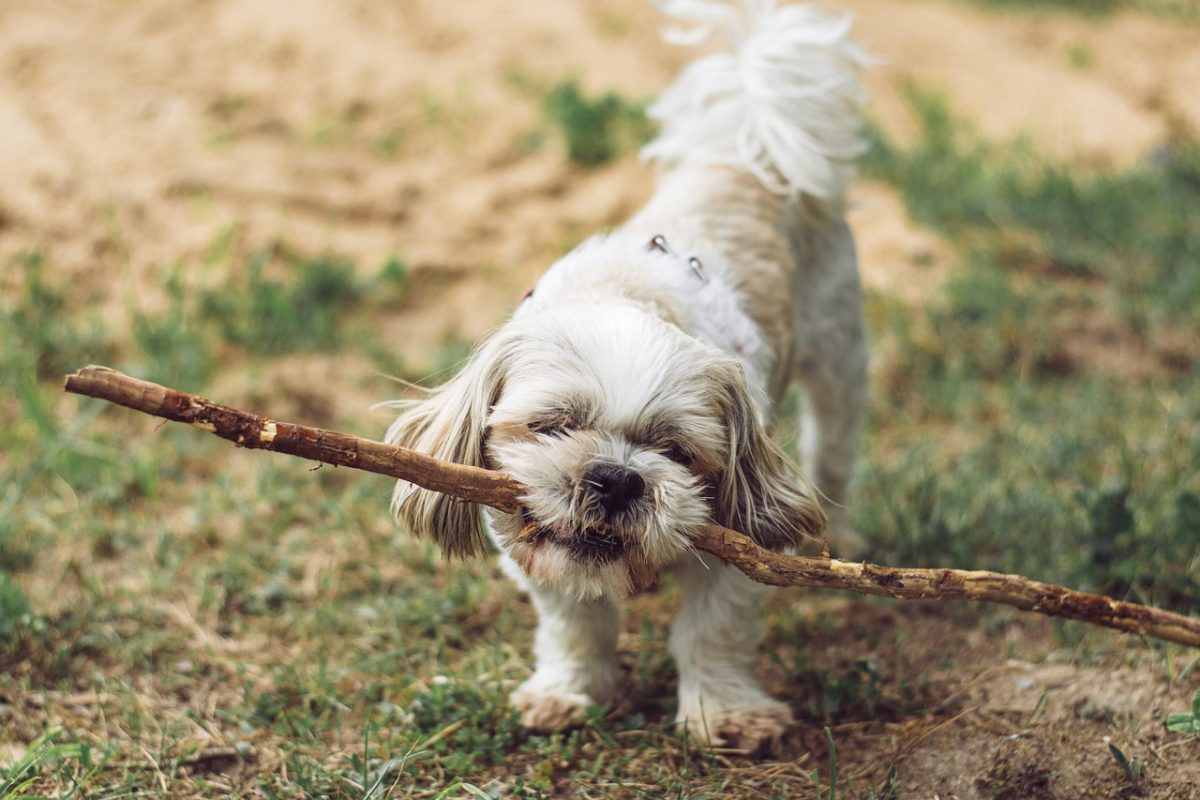Positive reinforcement might sound like a buzzword, but it’s actually rooted in years of research and a solid understanding of how learning happens, not just in dogs, but in people too. Whether you’re teaching your pup to sit or helping a child learn to read, the principles are the same. Let’s explore what’s going on beneath the surface and why this approach is so effective.
What Is Positive Reinforcement?
At its core, positive reinforcement means giving a reward after a desired behavior, which increases the chances that behavior will happen again. It’s based on B.F. Skinner’s operant conditioning theory, where actions followed by favorable outcomes are more likely to be repeated.
In simpler terms? If doing something good earns you something pleasant, you’ll want to do it again.
How It Works in the Brain
When a dog performs a trick and hears a click or gets a treat, something fascinating happens inside their brain. That reward triggers the release of dopamine, the “feel good” neurotransmitter. Dopamine not only makes your dog feel happy, it also helps cement the behavior into memory.
The brain starts to associate the action with a positive outcome. Over time, this builds a strong connection between the cue (“sit”) and the behavior (actually sitting).
Why Timing Matters
Reinforcement needs to come at just the right moment. If the reward happens even a few seconds too late, your dog might associate it with something else. This is why tools like clickers are so helpful, they let you “mark” the exact second your dog gets it right, even before the treat comes out.
It Builds Confidence, Not Fear
One of the most important reasons to use positive reinforcement is how it shapes your dog’s relationship with you. Instead of feeling confused or afraid, your dog becomes an eager learner, excited to try new things and make you proud.
Punishment-based methods, by contrast, can lead to anxiety, shutdown, or even aggression. Positive reinforcement encourages your dog to think, to make choices, and to feel safe doing so.
It Works for Every Age and Breed
From high-energy puppies to stubborn older dogs, positive reinforcement works across the board. Some dogs may need higher-value rewards (like chicken instead of kibble), while others respond well to praise or toys. The beauty lies in finding what motivates your individual dog and using it to shape behavior.
Consistency Is Everything
To make positive reinforcement work, it has to be part of your routine. Inconsistent rewards lead to inconsistent behavior. If you’re clear, fair, and consistent, your dog learns quickly what’s expected and how to win.
Positive reinforcement isn’t just a method. It’s a mindset. It’s about teaching with kindness, rewarding effort, and building trust with every interaction. Science has shown us that this approach is not only effective, it’s also one of the best ways to nurture a lifelong bond with your dog.



